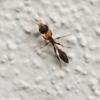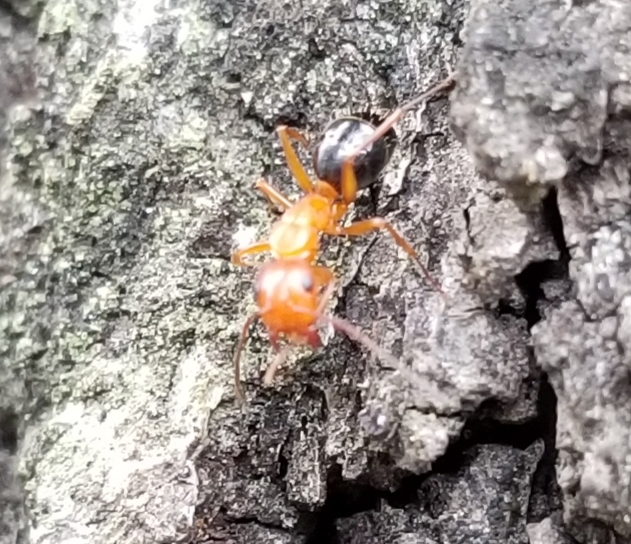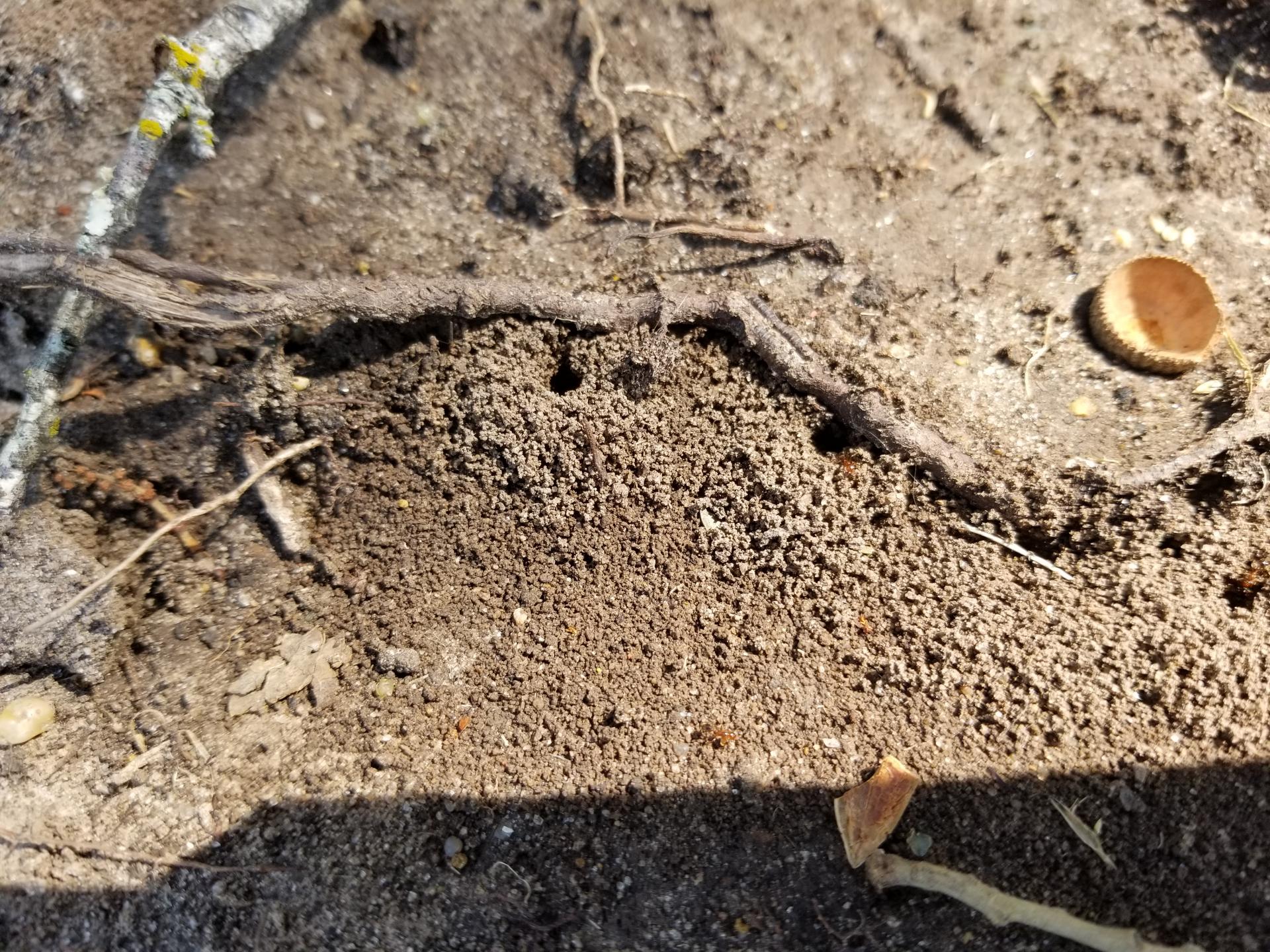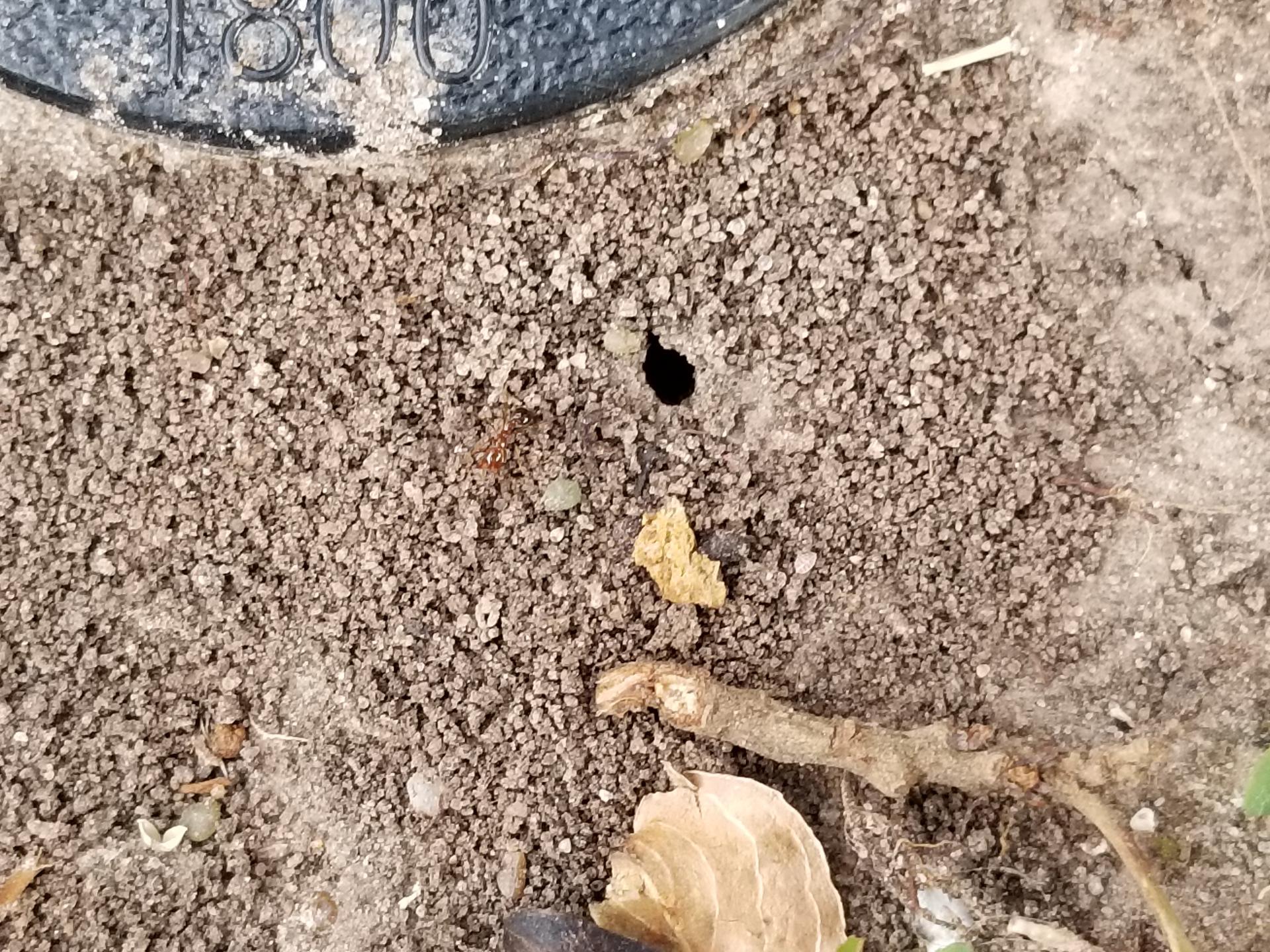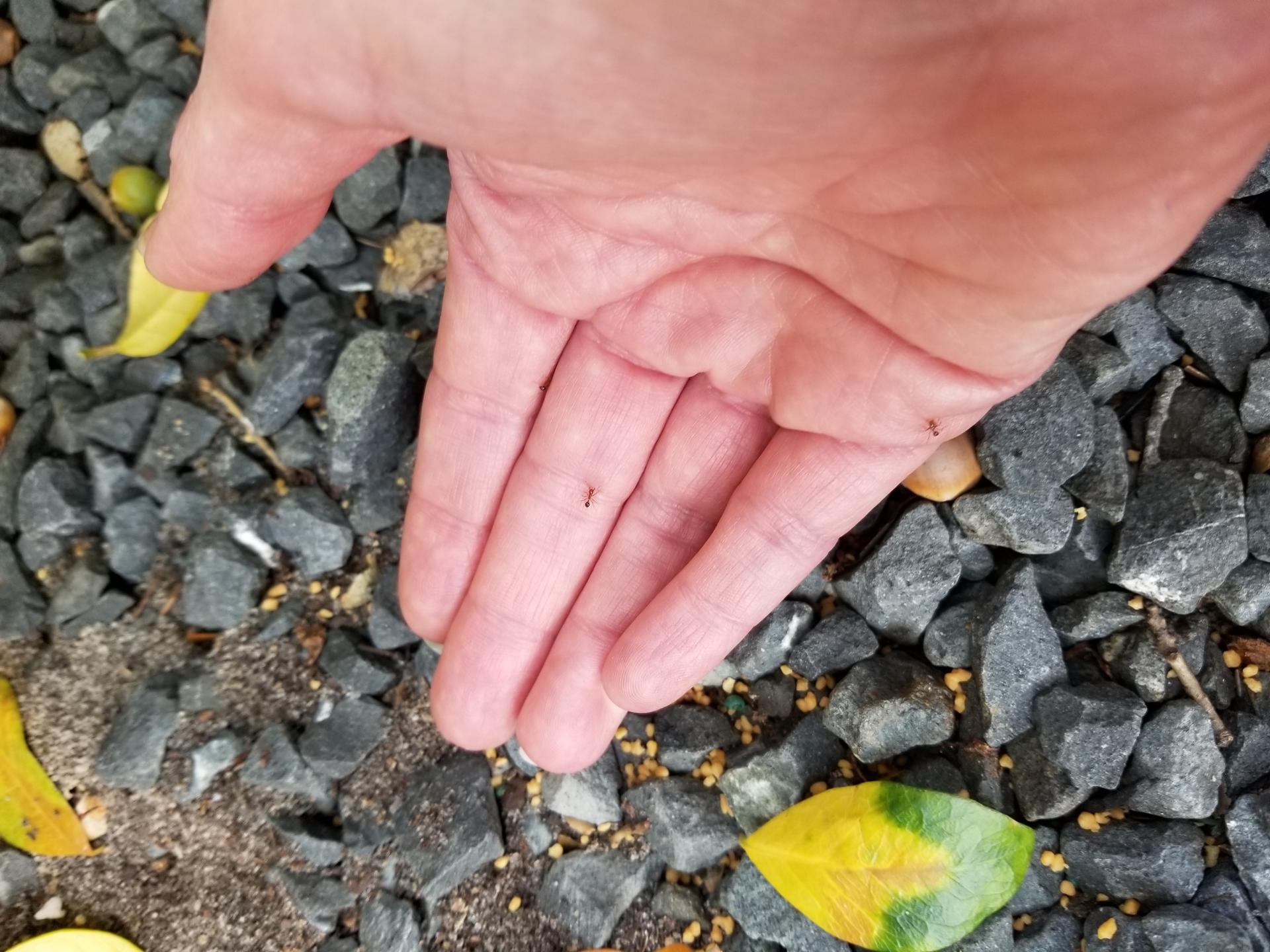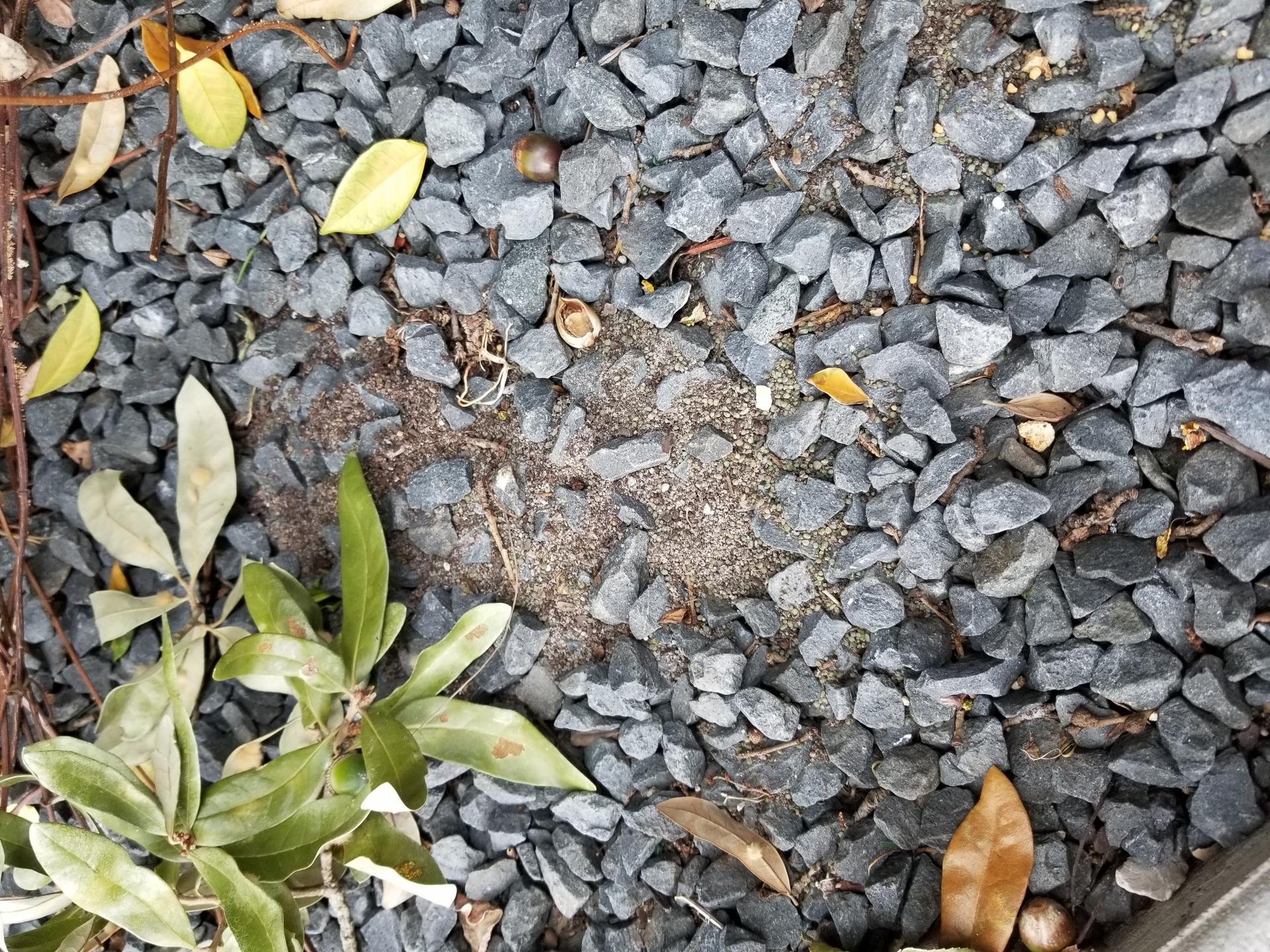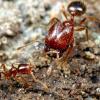Hello All!
I have found these ants in and around my small yard in Houston Heights in Texas. They have not come into my house.
Last week of September. Though it should be noted that they appeared in great numbers after the recent tropical storm Beta on Sept 22. We got over a foot of water over 3 days so I believe they were always there just under ground.
Urban yard with plants and decorative stone, the ant I took a picture of was on my one large "old" Live Oak.
Do not know the length I won't even attempt to guess. They are small. I have attached a photo of one on my hand.
They have a orange head and Thorax, black gastor with strips hairy gastor. They are shiny.
Though they do go crazy if you disturb the mound but they are slow to sting I had several on my hands at different times and only got stung twice and though it is bothersome not nearly as much as I remember fire ants to be. They are most active during the day.
I found several openings and one large mound that came up they seem to be the same ant. The openings have popped up over a 20ft area. I am concerned with the number of ants that I am seeing, that it may be a spectacularly large underground colony and that they may hurt my oak or keep getting closer to my home (right now they are about 8 feet away. I have a colony of Elongate Twig ants that I love, because they are awesome! But I need to know if I need to control these and if so, how do I do it without hurting my Twig ants?
I am including photos of the ant, some entrances and one large mound. These are all in and about a 20ft long area
Thank in advance for your help


